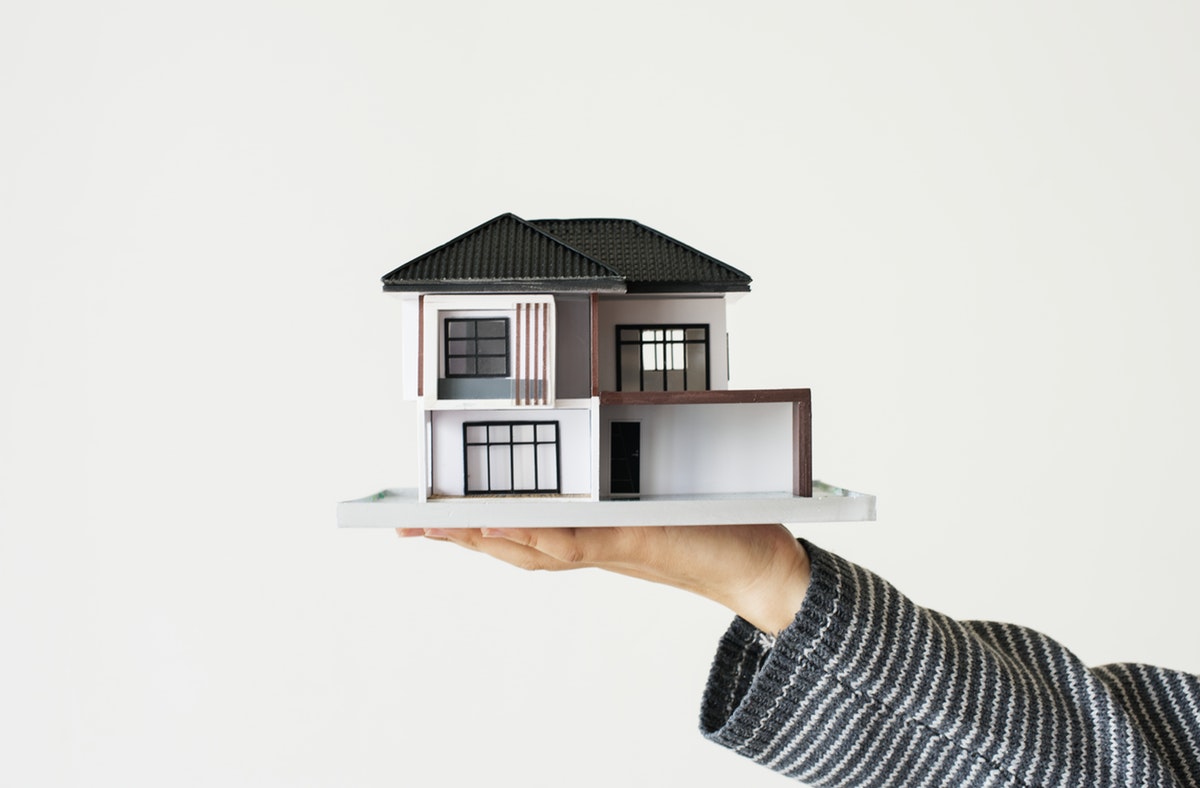So many share the same dream, fuelled by that little voice in your head which sounds suspiciously like Kevin McCloud’s. That with just a little money and a lot of know-how, building your ideal home, with your bare hands, is within reach.
The appeal is obvious; autonomy, the ability to satisfy your very own interior design quirks, and in some cases, a lessened burden on your bank balance. In reality, the pitfalls are many. Going over budget is all but guaranteed, the hours required and stress amounted enormous, but the rewards life-affirming. While buying a house, of course, requires foresight and planning, laying the foundations for your own has a whole different set of demands. With this in mind, here are 5 IDEAL things to consider when building your home from scratch.
NO FUN IN FUNDING
Before you even draw up that first blueprint or buy that first brick, you’re going to need to confront the issue of funding head on. Because, let’s be frank, financing your own house build ain’t cheap. The banks are unlikely to want to help, as it’s such a risk and costs are likely to spiral. Best, then, to investigate a variety of funding options before you get started, so even your contingency plans have contingency plans. Check out our article here on tips for funding your dream home renovation.
It’s also important to factor flexibility into your funding. Building your own place may seem at first like a budget friendly option, but costs can very quickly spiral if you’re not meticulous in your planning. Even then, there will always be hidden costs and emergent issues to address as the project moves along. For starters, the average cost is somewhere around $300,000, and that’s simply from the physical elements; the bricks, mortar, materials and furnishings, basically. Labour costs, tax, and the rest will likely double that figure.
Finally, as Johnson Septic Service impress upon us, don’t forget to budget for essential infrastructure like septic tanks, sewers, and drainage systems. These are critical for the functionality and hygiene of your home, and their installation can be a significant expense. Proper planning and allocation of funds for these systems can prevent costly surprises down the line.

BUILDING MATERIAL KNOW HOW
Bricks’n’mortar. It’s a metaphorical term to suggest a tangible base; something real, conventional and non-digitised. It’s also likely the costliest part of your build.
In the UK, homes are often made with brick but there are plenty of other materials involved. While the outer wall might be created with bricks, for instance, your retaining wall could be built with precast concrete to lower costs or may even want to consider having MDF cut to size in order to make table tops, shelves and skirting boards.
It’s vital that you research the benefits of each building material prior to drawing up your budget, let alone actually laying some foundations. Safety and durability are crucial here.
PROFESSIONALS FOR A REASON
Though you can probably complete certain aspects of the build yourself, sometimes and some roles are simply better left to the professionals. While you might be able to paint a pretty picture, it’s unlikely you know how to cut in with the requisite aplomb. Perhaps you’ve once exposed the cistern on your toilet, but it’s unlikely that you’re qualified to install plumbing, lay concrete, work on the electricity and the rest.
Indeed, from a highly regarded garage door company to a revered plumber, all the way to an acclaimed skip hire service, you’ll want to get the right help in place so that you don’t make a mess.
As esteemed structural engineers in Cumbria RD Engineering sagely advise, all of these seemingly disparate elements will contribute to the smooth functionality of your new gaff so, sometimes, it’s best to swallow your pride and defer to those who know.

KEEP IT ECO
Once upon a time, the impact it would make on the earth was the last thing on our minds when laying the foundations for our next build. But thankfully, things have changed. With CO2 emissions at an all-time high, the effects of deforestation being keenly felt all around the globe, and plastic waste heavily polluting our oceans, it’s time to start considering carefully how our homes have an impact on the planet we inhabit. Thankfully, building and design trends are now accommodating this newly realised necessity to be green.
Nowadays all manner of materials, from bamboo flooring to bricks made from cigarette butts, are being used in an effort to reduce waste (and cost). Upcycling and repurposing are also enjoying a surge in popularity as the building industry makes attempts to tread more lightly. This can only be a good thing.
STAY ATTUNED TO YOUR EVER CHANGING NEEDS
For so many of us, it can be impossible to predict your deepest desires for dinner, let alone your wants and needs years down the line. And let’s be honest from the off, this is a project which will take years from the first thoughts to its fully blown realisation. So, while you may be envisaging a bachelorette pad with a built-in bar and hot tub now, five years down the line who’s to say a playroom and cot won’t be higher on the priority list?
And although we wouldn’t wish to be the bore bringing realism into the conversation, it’s also important to think about the potential resale value of your property, however hard that might be when you haven’t even started building. Sure, you want it to be unique and personal to you, but follow your most esoteric tendencies too keenly and you endanger the potential to ever sell it.





